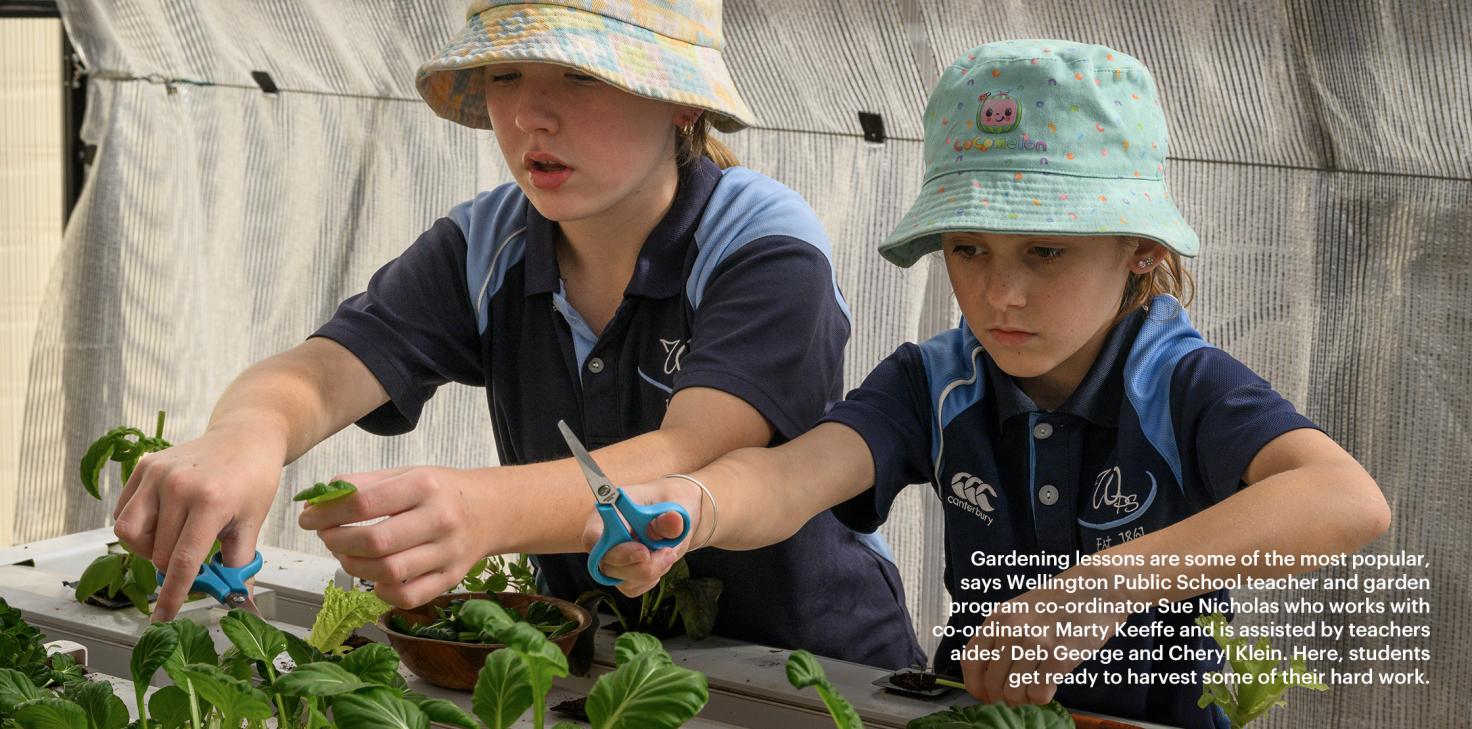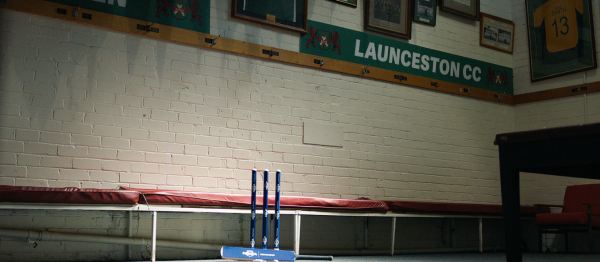26 May 2023
Helping kids change their future, and the world
It’s not often a Moment of Help comes in the form of a fresh bunch of bright green lettuce, basil, tatsoi or baby leaf spinach. But that’s exactly what help looks like for the kids at Wellington Public School on the Central Western Slopes of New South Wales on the traditional lands of the Wiradjuri people.

Thanks to Nigel McLean, project co-ordinator for Food Ladder, a small Australian not-for-profit with the goal of empowering disadvantaged communities as well as schools through food and economic security, those fresh vegetables are changing their future.
Food Ladder installs hydroponic, climate-controlled greenhouses in some of the remotest communities in Australia and Nigel teaches kids how to use them to produce armloads of crunchy, delicious, vitamin-packed vegetables.

He’s crazily passionate about it, available on the phone to young growers 24/7 and constantly on the move – he’s never without his 23 kg bag of tools including angle grinders, spanners, and anything else needed to build a greenhouse.
Food security, he says, is what gets him up in the morning, as does the undisguised enthusiasm on the faces of youngsters when they get to plant seedlings and, eventually, pick and eat what they have grown.

It’s also really cool seeing disengaged kids get engaged, I tell them I wasn’t very good at school either but learnt a passion and went with it.
Wellington Public School principal Darryl Thompson agrees: “It’s a great engagement tool for getting kids to come to school.”

In the last year alone, Nigel has travelled 1.7 times around Australia, or 66,000 km, to provide Moments of Help to kids like these at Wellington Public School and, in the four years he’s worked for Food Ladder, he’s set up 16 greenhouses nationally. That’s a lot of fresh food for people who can’t access supplies, or can’t afford it.
The Dubbo area, in which Wellington Public School sits, has also recently endured one of the worst droughts on record, but growing with hydroponics helps solve food shortages.

Nigel has previously put in an NFT (Nutrient Film Technique) greenhouse for the school. Now he’s come back to put in an SGS (Substrate Growing System) that will allow the kids to grow bigger plants like tomatoes, capsicums and cucumbers alongside their greens.
“Lots of places don’t have the food they need, or have to truck food a long way,” he tells the kids. “But you can learn to grow food and go out into the world and teach others.”

As well as STEM education that leads to improved employment pathways and outcomes, the greenhouses obviously mean better nutrition, says Food Ladder CEO and co-founder Kelly McJannett.
“Students learn a transferable skill that feeds into a real industry, agriculture. Food Ladder also provides help with an online learning platform with free training videos and fact sheets, paddock to plate education programs, a STEM-aligned curriculum and even vocational programs.”
As Nigel puts the finishing touches to the new greenhouse, the kids gather round him, an excited buzz going through the crowd.

“It’s chaotic setting up the greenhouse with the kids but it’s always a happy place because being connected to the Earth, and the food supply, makes people happy,” he says. “I can’t remember ever having a work environment like that. It’s what gets me up in the morning.”
The kids feel the same way, says the garden program co-ordinator Sue Nicholas, who is helped by teachers’ aides Deb George and Cheryl Klein. Everyone from the pre-schoolers to Year 6 gets a chance to experience the program and “they hate to miss out on helping”.
She says the impact of this Moment of Help is easily seen. “If you gave then a bunch of tatsoi and said would you eat it, they would have said no. But when they grow it, and prepare it, they eat everything. They are also asking for the recipes and taking them home to show their parents how to cook things.”

Extra produce is also supplied to the school canteen and some is sold to the school community. “One of the teachers made a pesto pasta with the fresh basil she bought,” says Sue. “The kids harvested it, weighed it and priced it into bags. So they are learning how to do a business plan as well.”
Nigel admits it’s not always easy to get the kids to get involved – at first.

“At one of the early greenhouses I built, the kids were extra shy. But when I was mixing the concrete for the footings, one of the girls came up to me and asked what I was doing. I handed her the shovel to put gravel in the cement mixer. She got all her friends and all of a sudden, all the girls are mixing the concrete. Now all the produce goes to the community, or the local store.”

While he has previously set up NFT greenhouses in Uganda, India and Bhutan for the not-for-profit, “we realised there is so much need in Australia that we have to focus on fixing our own backyard”.
Kelly doesn’t see demand for the greenhouses, or Nigel’s services, slowing down any time soon. But there are moments to stand back and celebrate, as well as to eat the goodness-packed fresh food that has been produced by schoolchildren and communities through their climate-controlled greenhouses.
They’re helping change the future, one bunch of basil, or tatsoi, at a time.
The Power of Help is within us all. Communities are stronger together. Share your Moment of Help here or to create your Moment of Help, join the Australian Resilience Corps, as we create the country’s largest army of helpers.



